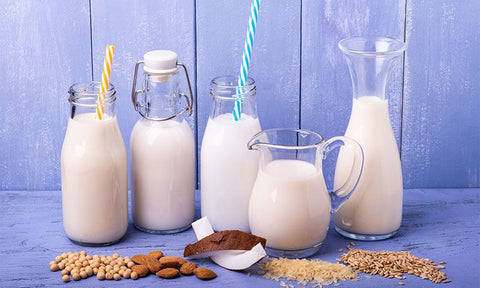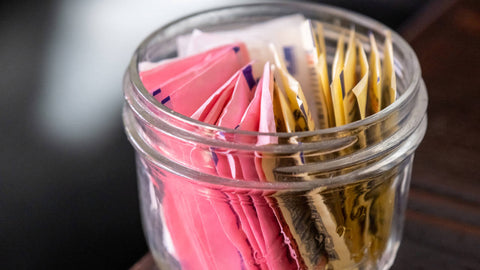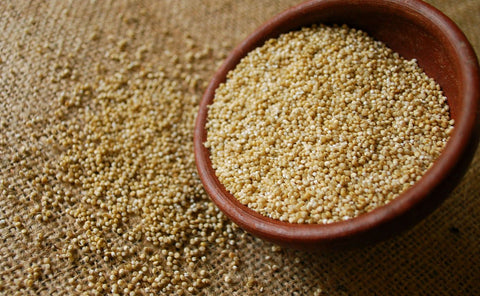First of all, we must clarify that by law they must be identified by the manufacturers as vegetable drinks. Only in the case of almond drinks, the use of “almond milk” is still permitted.
Vegetable drinks are no longer an exotic product aimed at a minority; their presence on supermarket shelves is increasing, and we are one of the European countries with the highest per capita consumption, just over 5 litres per year.
There are many reasons for this growing consumption: greater consumer awareness of animal welfare; concern for environmental protection; and the need to orient our eating habits towards more sustainable practices.

The market for plant-based drinks has increased by 3% and, within the world of plant-based products, they are the most important.
In order to compare the different drinks, we have grouped them into 5 categories based on the main differentiating ingredient. In all of them you can find drinks with the organic seal.
Almond Drinks
From a nutritional point of view, almonds are very valuable due to their high content of mineral salts (potassium, phosphorus, calcium, iron, copper and magnesium) and vegetable proteins (19%). But all of this is found in raw almonds, when you eat a serving of them...
How much almond do these drinks contain? Between 2 and 6%. In addition, these almonds are subjected to industrial processing, so they do not have the same nutrients as the original dried fruit.
Based on different nutritional analyses, this is the best and worst of these drinks:
Pros: good fat profile, although obviously not reaching the levels of the original dried fruit.
Cons: The percentages of almonds they contain are so low that they could almost be described as water drinks with (very) little almonds.

Rice Drinks
Rice provides a moderate amount of protein (6.5%), little fat (1%) and a good amount of carbohydrates, mainly in the form of starch. It is an option for people who are allergic or intolerant to gluten.
How much rice do these drinks contain? Between 10 and 20%. In addition, it is rice that has undergone industrial processing, without the same nutrients as in the original rice.
Based on different nutritional analyses, this is the best and worst of these drinks:
Pros: The drinks have no added sugars.
Cons: The protein content is very low, barely reaching 1%.






Comments (0)
There are no comments for this article. Be the first one to leave a message!